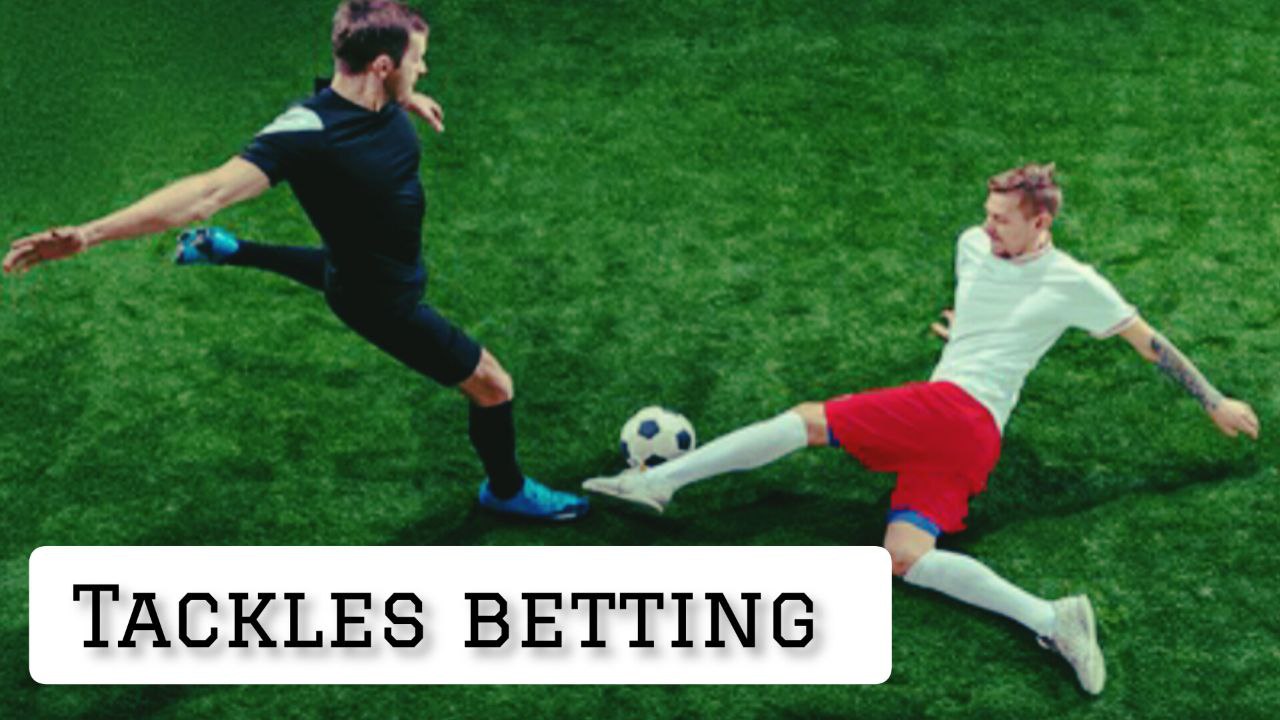
Sports betting is no longer just about intuition or being a die-hard fan of a team. Many bettors have turned to data-driven strategies for an edge, using betting models to predict outcomes and place smarter wagers. If you’ve heard the term but don’t know where to start, this guide will explain what a betting model is, how it works, and how you can build one yourself.
What Is a Sports Betting Model?
A sports betting model is a tool, often built with software, that uses statistical data and algorithms to predict the outcomes of sports events. Think of it as your personal assistant—one that crunches numbers, analyzes patterns, and helps you identify valuable bets.
Instead of relying solely on gut feelings or trends, betting models take a systematic, evidence-based approach. By minimizing emotional bias and focusing on raw data, you’re more likely to make consistent, profitable decisions.
Why Use a Betting Model?
1. It Reduces Guesswork
Instead of betting based on “hunches,” a model allows you to rely on measurable factors like team stats, player performance, and historical data.
2. It Uncovers Value Bets
Value betting is when you identify opportunities where the bookmaker’s odds don’t reflect the true probability of an outcome. A betting model helps you spot these discrepancies.
3. It Encourages Discipline
Many bettors struggle with sticking to a plan. A betting model gives you clear guidance, reducing the chances of impulsive or emotional wagers.
Step-by-Step: How to Build a Betting Model
Creating a betting model might sound intimidating, but breaking it into manageable steps makes the process accessible even if you’re not a math wizard.
Step 1: Decide on Your Focus
Before anything else, determine what you want your model to predict. Examples include:
- Match outcomes (win, lose, or draw).
- Specific events (number of goals, points scored, etc.).
- Player performance (goals, assists, etc.).
Start small. For instance, if you’re new to betting models, predicting something simple like match outcomes in football is a good starting point.
Step 2: Collect and Organize Data
The backbone of any model is good data. You’ll need:
- Historical data: Past results, team performance, player stats, etc.
- Current information: Injuries, suspensions, and current form.
- Advanced stats: Metrics like expected goals (xG) in football or PER in basketball can offer deeper insights.
Common Challenges:
- Finding reliable data sources. Websites like FBRef (football), Basketball Reference, and official league sites are excellent for accurate data.
- Organizing messy data. Tools like Excel, Google Sheets, or Python scripts can help clean and arrange data for analysis.
Step 3: Choose a Model Type
Betting models vary in complexity:
- Simple models: Use basic statistical averages (e.g., team A scores an average of 2.3 goals per game).
- Advanced models: Incorporate algorithms, probability calculations, or even machine learning.
If you’re a beginner, tools like Excel or Google Sheets are perfect for creating basic models. As you grow confident, consider programming with Python or R for advanced functionality.
Step 4: Identify Key Variables
Decide which factors influence the outcome you’re trying to predict. For example, in football:
- Home vs. away performance.
- Recent form over the last 5–10 games.
- Player availability (injuries, suspensions).
Pro tip: Avoid overloading your model with unnecessary variables, as this can lead to overfitting (when your model works perfectly for past events but fails on future predictions).
Step 5: Test Your Model
Testing your betting model ensures it’s reliable.
- Start by comparing its predictions to actual outcomes using historical data.
- Measure success with metrics like accuracy rate and profitability.
Anecdote:
Imagine you build a betting model predicting the likelihood of underdog wins in football. You might discover it’s too optimistic about certain teams, prompting you to fine-tune factors like form or league difficulty. Testing allows you to learn and improve iteratively.
Step 6: Use Your Model to Bet Smart
Once tested, your betting model becomes a powerful decision-making tool. Always treat it as one part of your strategy rather than relying on it exclusively.
Tips for Using Your Betting Model Effectively
1. Bet Responsibly
Even the best models can’t guarantee wins. Use your model to identify high-value bets, but bet amounts you can afford to lose.
2. Keep Updating Your Model
Sports evolve—teams change tactics, players come and go, and even the rules can shift. Regular updates to your data and algorithms ensure your model stays relevant.
3. Consider Market Trends
Bookmakers’ odds change based on public betting behavior. Stay ahead by betting early if you find valuable odds before they adjust.
4. Document Your Bets
Keeping a record of your wagers helps track performance. Over time, this will highlight strengths and weaknesses in your betting model.
FAQs About Betting Models
Q: Do I need programming skills to build a betting model?
A: Not necessarily. Beginners can use tools like Excel or Google Sheets. Programming languages like Python and R are great for advanced users but are not essential for simple models.
Q: How much time does it take to build a betting model?
A: It depends on complexity. A basic model might take a few hours of setup and testing, while advanced models require more time for data sourcing and algorithm building.
Q: Can I use someone else’s model?
A: Yes, but use them cautiously. Pre-built models may not align with your betting style, so understanding how they work is crucial.
Q: Are betting models foolproof?
A: No model can guarantee wins. Sports are inherently unpredictable, and betting always involves risk. Treat your model as a tool to improve decisions, not a crystal ball.
Closing Thoughts
A betting model is a powerful way to approach sports betting systematically, combining your passion for sports with the precision of data analysis. Whether you’re a casual bettor or looking to take things to the next level, building and refining your own model can be incredibly rewarding.
Take it step by step, be patient, and don’t be afraid to make mistakes—they’re part of the learning process. Over time, you’ll not only improve your betting performance but also gain a deeper appreciation for the numbers behind the game.
What’s Your Next Move?
Are you ready to start building your betting model? Or have you already developed one and want to share your experience? Let’s continue the conversation—drop your thoughts or questions in the comments!



Leave a Comment